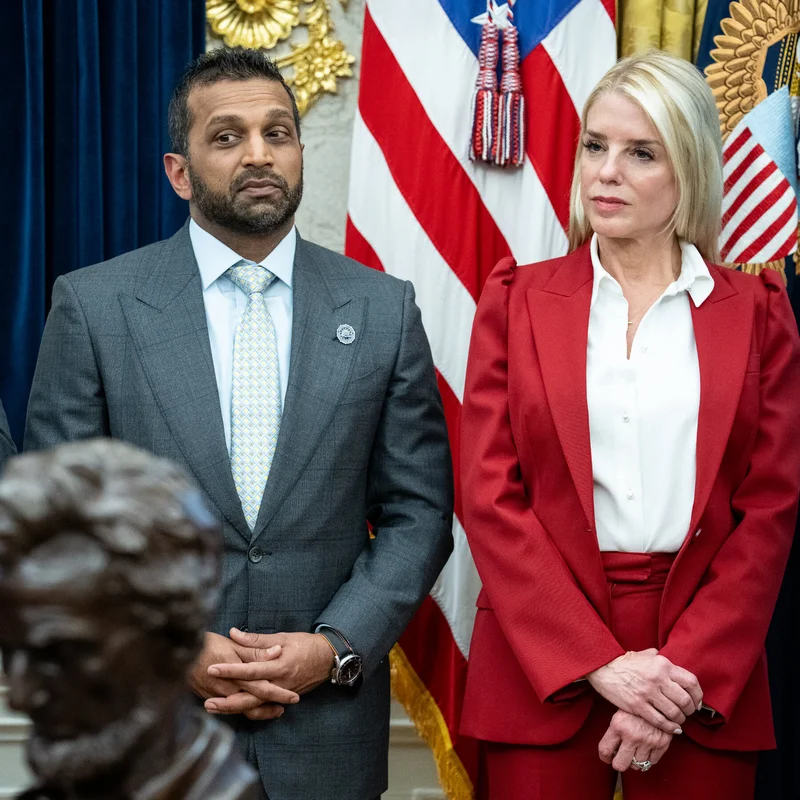Secretive War Crimes and Rule-Breaking Uncovered in Landmark Investigation
For years, U.S. Army Special Forces—especially the elite Green Berets—were celebrated as heroes of America’s longest war in Afghanistan. But a groundbreaking investigation by The New York Times has peeled back the curtain on a disturbing reality: a pervasive culture of lawlessness, war crimes, and command-endorsed vigilantism that flourished in the shadows of military secrecy.

Why This Investigation Matters Now
With the Trump administration loosening military restraints—ordering lethal strikes in the Caribbean and deploying troops domestically—the revelations about past misconduct raise urgent questions about accountability, oversight, and the moral cost of America’s forever wars.
Based on interviews with two dozen current and former Special Operations personnel, thousands of pages of declassified military records, and on-the-ground reporting in Afghanistan, this exposé uncovers systemic failures that were long hidden behind classified walls.
5 Key Takeaways from the Investigation
- Rule-Breaking Was Routine: On remote firebases, Green Berets often bypassed Army regulations—using Afghan militias for offensive operations and holding detainees without proper oversight.
- “Drop Guns” Planted on Civilians: Soldiers admitted carrying extra weapons to place on civilian bodies after killings, falsely labeling victims as enemy combatants.
- Command Tolerance Enabled Escalation: Leadership frequently turned a blind eye to misconduct if it advanced the mission, creating a permissive environment for abuse.
- Vigilante Ethos Took Root: Over time, some units embraced a “judge, jury, executioner” mentality, especially in regions with minimal oversight.
- Secrecy Shielded Wrongdoing: The Army’s classification policies and internal investigations kept these incidents from public scrutiny for over a decade.
Accountability Gap: By the Numbers
| Metric | Detail |
|---|---|
| Years of U.S. War in Afghanistan | 20 (2001–2021) |
| Special Forces Deployments | Thousands of rotations, often to high-risk zones |
| Publicly Known War Crime Cases | Fewer than 20 (despite widespread allegations) |
| Classified Investigations Obtained | Thousands of pages via FOIA lawsuits |
| Current Policy Shift | Trump-era military expansion with reduced legal constraints |
Official Response
Lt. Col. Allie Scott, a spokeswoman for Army Special Operations, defended the institution: “We have fully investigated and adjudicated the cases you cover. We are confident our actions stand up to the strictest scrutiny.”
Yet critics argue that true accountability requires transparency—something the military has historically resisted. [INTERNAL_LINK:special-forces-accountability]
What Comes Next?
As calls grow for congressional hearings and independent oversight of elite units, this investigation may mark a turning point in how America confronts the legacy of its post-9/11 wars—not just in policy, but in principle.




